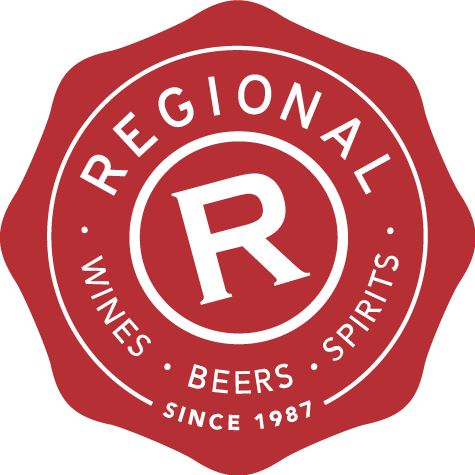How Wild Sauvignon is made...
Kevin Judd is as famous for taking evocative photographs of vineyards as he is for making wine from them. He was one of the first to make Sauvignon Blanc in Marlborough and is famous for his role in the early days at the iconic Cloudy Bay Winery, where he remained for over two decades. He now owns the Greywacke wine brand, which he began in 2009 with his Wild Sauvignon.
All of his wines are 100% barrel fermented, 100% with wild yeasts, about two thirds of the wine goes through malolactic fermentation to soften the acidity and the wines then spend about 11 months in barrel and remain in tank for another six months for battonage (the French name for stirring the lees - the decomposing yeast cells left over in the wine). About 10% of the oak used in production is new oak and the style was inspired by fellow winemaker James Healy.
There certainly is a family thread running through the Greywacke wines, which drink beautifully when young but have great longevity and time up their sleeve to age too, as a retrospective 10 year vertical line up with Kevin Judd showed me two years ago.
It was an incredibly revealing tasting with Kevin and also with the late Raymond Chan, who was as impressed as I was by the consistency in taste and quality of the wines. It was then that I heard the full story of how wild ferments began at Greywacke.
"It was James Healy, fellow winemaker, who steered me in this direction. In his first vintage with us in 1991 at Cloudy Bay, he started pestering me to make some wild yeast fermented Chardonnay and he eventually got under my skin and I agreed to do about eight barrels," says Kevin, recalling his journey into making wild yeast fermented wines.
"I thought it was going to be a write-off, but we put the juice in the barrels and the whole winery stunk of sulphides and I can still remember thinking 'this is just a waste of time' but about nine months later we were looking at these barrels and thinking 'This is quite good'."
From there, he started thinking that wild yeast fermented wines were very good and the rest, as they say, is winemaking history.
Judd has since gained strong admiration for his wild yeast fermented Greywacke wines. Nearly all of the wines are made with at least 50% wild yeast ferments, many of them with 100% wild yeasts. This is one of the keys to the family resemblance in flavour and style of the Greywacke wines, which are the range of our Winery of the Month for September.
* Pop in store to Regional this September to try and buy the funky wild yeast ferment wines from Greywacke.
* Buy Greywacke wines here
